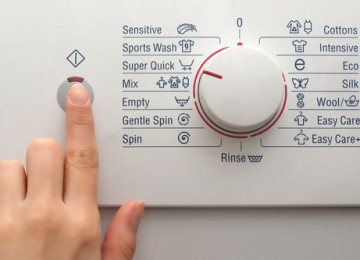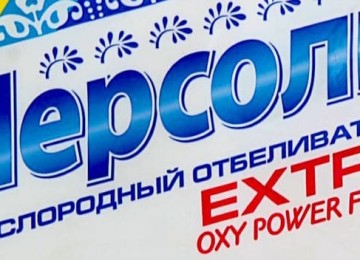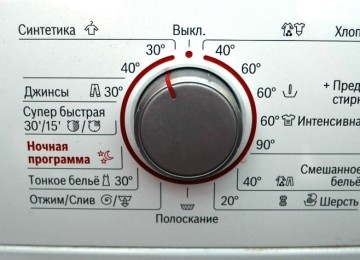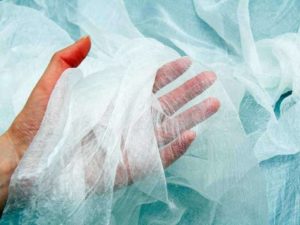 All modern housewives want to have a cozy home. And comfort in the house cannot be imagined without ideal curtains on the windows. However, a lot of dirt always collects on them and curtains, and odors are absorbed. This includes house dust, suspended particles of street dust brought in from an open window, cigarette smoke, and even soot and grease. This whole “bouquet of dirt” is not only not aesthetically pleasing, but also represents an explosive mixture of allergens, not to mention the fact that it is ideal for the reproduction of various microbes, is a carrier of parasitic diseases, and spreads an unpleasant odor. Caring for curtains and tulle is quite simple, but must be done regularly. Housewives usually wash them in an automatic machine and then iron them. The hardest thing wash kitchen tulle for grease stains, which are formed from frequently shooting oil during frying, especially if the stove or sink is located close to the window.
All modern housewives want to have a cozy home. And comfort in the house cannot be imagined without ideal curtains on the windows. However, a lot of dirt always collects on them and curtains, and odors are absorbed. This includes house dust, suspended particles of street dust brought in from an open window, cigarette smoke, and even soot and grease. This whole “bouquet of dirt” is not only not aesthetically pleasing, but also represents an explosive mixture of allergens, not to mention the fact that it is ideal for the reproduction of various microbes, is a carrier of parasitic diseases, and spreads an unpleasant odor. Caring for curtains and tulle is quite simple, but must be done regularly. Housewives usually wash them in an automatic machine and then iron them. The hardest thing wash kitchen tulle for grease stains, which are formed from frequently shooting oil during frying, especially if the stove or sink is located close to the window.
Methods and means for washing curtains
In order to decide on the method and means for washing a particular tulle, you need to have an idea of:
- fabric composition;
- type of fabric dyeing;
- degree and composition of pollution.
Fabric structure
Tulle in the kitchen different ones are used. The fabric manufacturer is required to indicate the exact composition on the label - this information makes care easier.The buyer should always inquire what kind of tulle he is buying or sewing.
Fabrics made of synthetic fibers are used as kitchen tulle:
- Veil . Composition - 100% polyester.
- Organza . Composition - 100% polyester.
- Semi-organza (or microveil, moire). Composition - 100% polyester.
- Kristalon . The material consists of nylon, nylon and polyester fibers.
Curtain fabric can be both synthetic and natural, depending on the composition of the fabric:
- Lace. It can be synthetic and made of natural fibers.
- Chiffon. Various types of fibers are used: silk, cotton, viscose, polyamide, polyester.
- Mesh. The mesh is made of various fibers: polyester, polyamide, elastane, viscose.
There are kitchen curtains made of blended fabrics. Natural fibers are added to the fabric: cotton, linen, silk threads. Blended fabrics:
- Taffeta. Made from natural silk, cotton threads, and polymer synthetic fibers.
- Half-linen. Combines fibers of different materials, including flax.
- Cambrette. Thin translucent linen or cotton fabric.
Now tulle made of natural fibers is coming back into fashion:
- Thin cotton.
- Thin linen.
- Thin viscose.
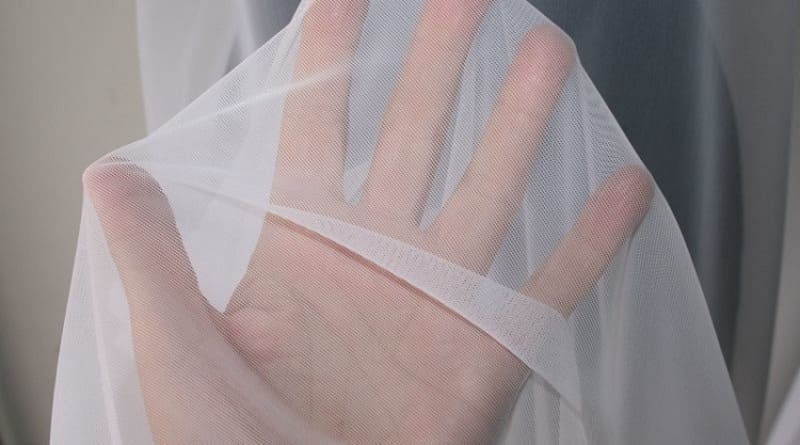
Type of fabric dyeing
There is white tulle, colored plain, with a pattern, applique, embroidery.
Degree and composition of tulle contamination
A large amount of dust from the street settles on the tulle. Textiles absorb the smell of cigarette smoke well. Also, stains, blots and drawings from food, paints and felt-tip pens may appear on the curtains. When keeping pets, the tulle becomes dirty with wool, helminth eggs and blood-sucking insects. The curtains in the kitchen get dirty the fastest.The buyer should always be interested in what kind of tulle curtains he purchases or sews from. Fabrics made from synthetic fibers are used as kitchen tulle:Veil
. Composition: 100% polyester.
Organza
. Composition: 100% polyester.
Semi-organza (or microveil, moire). Composition: 100% polyester.Crystalon
- . The material consists of nylon, nylon and polyester fibers.
- Curtain fabric can be either synthetic or natural, depending on the composition of the fabric:
- Lace. It can be synthetic or made from natural fibers.
- Chiffon. Various types of fibers are used: silk, cotton, viscose, polyamide, polyester.
- Net. The mesh is made from various fibers: polyester, polyamide, elastane, viscose.
There are kitchen curtains made of mixed fabrics. Natural fibers have been added to the fabric: cotton, linen, silk threads. Blended fabrics:
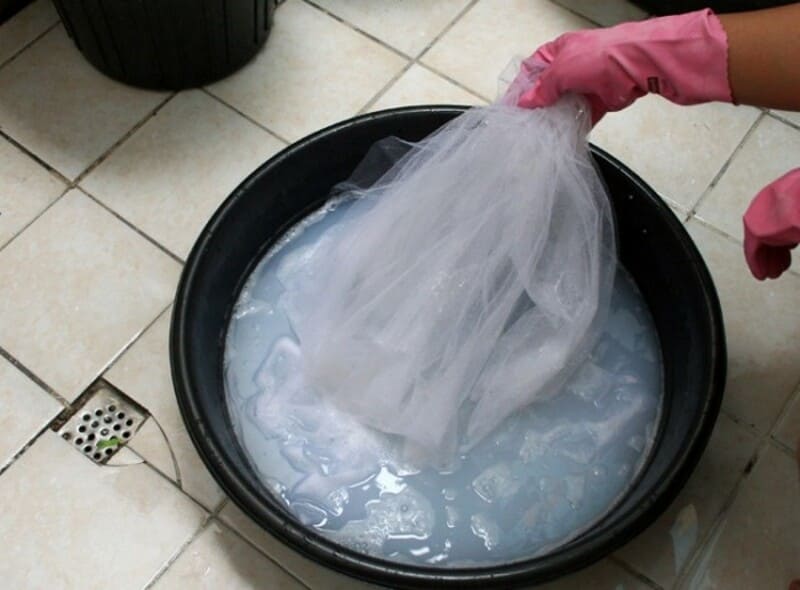
Taffeta . Made from natural silk, cotton threads, as well as polymer synthetic fibers. Polulen
. Combines fibers from different materials, including flax.
Batiste . Thin translucent linen or cotton fabric.Now tulle made from natural fibers is coming back into fashion:
Thin cotton
Fine linen
Fine viscose
Type of fabric dyeing
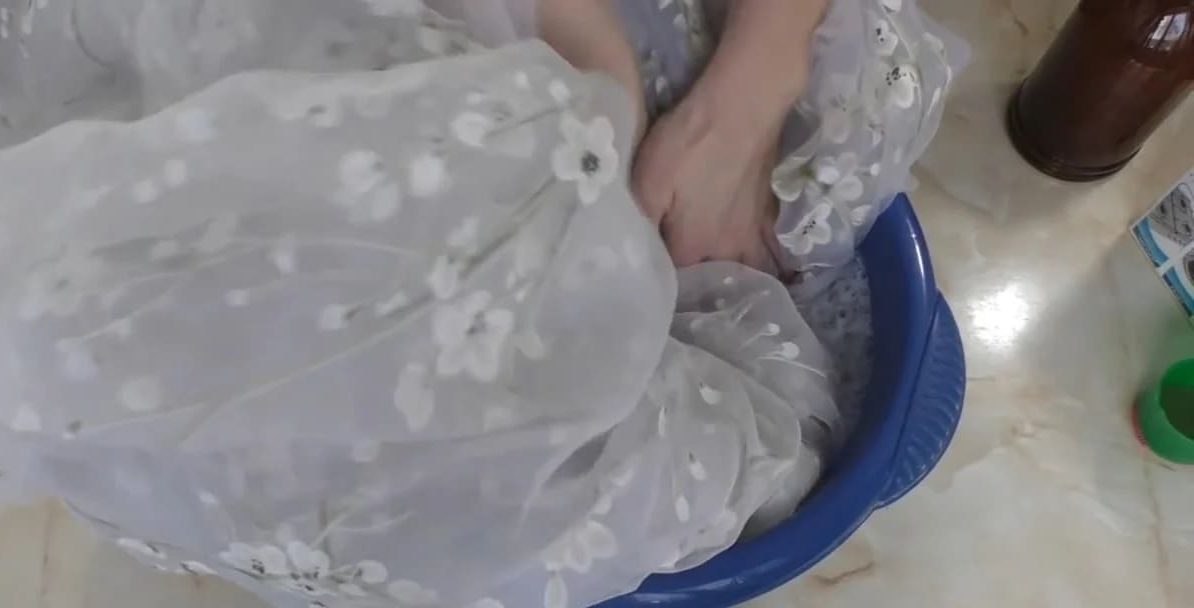
Happens white tulle, colored plain, with a pattern, applique, embroidery.
Dust from the street settles in large quantities on the tulle. Textiles absorb the smell of cigarette smoke well. More
- stains may appear on the curtains
- , blots and drawings from food, paints, felt-tip pens. When keeping pets, tulle becomes contaminated with hair, helminth eggs and blood-sucking insects. The curtains in the kitchen get dirty the fastest.They turn yellow from fat and soot settling on them, stains from splashes of hot fat remain, and persistent stains form.
- Washing in a washing machine
- Remove the tulle from the curtain rod and thoroughly shake off any dust. It is advisable to pre-soak the curtain fabric for two hours in a warm 10% solution of table salt with the addition of washing powder. After soaking, many contaminants will be removed, and the veil will be cleared of gray or yellow deposits. It is unacceptable to use hot water, as synthetics become hard and yellow when heated.
- Rinse the curtain fabric, put it in a laundry bag and wash it in the washing machine. After finishing washing, the tulle should not be wrung out. Iron the slightly damp curtain at the lowest possible temperature. Places on the canvas where there are hard inserts, such as appliqués or embroidery, are best ironed through a layer of gauze. After final ironing, immediately hang the curtains in a permanent place.
- It is necessary to understand that the most general recommendations for machine washing tulle are described here.
at home
. When caring for it, the housewife should take into account the properties and characteristics of the fabric:
synthetics 100%: wash at t = 30°C, liquid detergents;







